Regulatory Support for Energy Efficiency
Government regulations aimed at enhancing energy efficiency are significantly influencing the structural insulated-panels market. Various states have implemented building codes that mandate higher energy performance standards, which structural insulated panels can easily meet or exceed. For instance, the International Energy Conservation Code (IECC) encourages the use of advanced insulation materials, promoting the adoption of structural insulated panels in residential and commercial construction. This regulatory support is expected to bolster the market, as builders seek compliant solutions that also offer long-term cost savings. The structural insulated-panels market stands to benefit from these regulations, as they create a favorable environment for energy-efficient building practices.
Growing Awareness of Health and Safety Standards
The structural insulated-panels market is benefiting from an increased awareness of health and safety standards in construction. As stakeholders prioritize the well-being of occupants, there is a growing demand for building materials that contribute to healthier indoor environments. Structural insulated panels, which can be designed to minimize air leakage and improve indoor air quality, align with these health-focused initiatives. Furthermore, the adoption of stringent safety regulations in construction is driving builders to select materials that comply with these standards. This heightened awareness is likely to propel the structural insulated-panels market, as it emphasizes the importance of safety and health in building design.
Technological Innovations in Panel Manufacturing
Technological advancements in the manufacturing of structural insulated panels are reshaping the market landscape. Innovations such as improved materials and automated production processes enhance the quality and efficiency of panel production. These advancements not only reduce manufacturing costs but also improve the performance characteristics of the panels, such as thermal resistance and durability. As manufacturers adopt cutting-edge technologies, the structural insulated-panels market is likely to witness increased competitiveness and product differentiation. This trend suggests that companies investing in technology will be better positioned to capture market share and meet the evolving demands of builders and consumers.
Increasing Focus on Sustainable Building Practices
The structural insulated-panels market is experiencing a notable shift towards sustainable building practices. As environmental concerns gain traction, builders and architects are increasingly prioritizing eco-friendly materials. Structural insulated panels, known for their superior insulation properties, contribute to reduced energy consumption in buildings. This aligns with the growing demand for green certifications, such as LEED, which incentivizes the use of sustainable materials. In the US, the market for green building materials is projected to reach $300 billion by 2025, indicating a robust opportunity for structural insulated-panels. The emphasis on sustainability not only enhances energy efficiency but also appeals to environmentally conscious consumers, thereby driving growth in the structural insulated-panels market.
Rising Construction Activity in Residential Sector
The structural insulated-panels market is poised for growth due to the resurgence of construction activity in the residential sector. With a steady increase in housing demand, particularly in suburban areas, builders are exploring innovative construction methods to meet this need. Structural insulated panels offer advantages such as faster construction times and reduced labor costs, making them an attractive option for residential projects. According to recent data, the US housing market is projected to grow by 5% annually through 2026, further driving the demand for efficient building solutions. This trend indicates a promising outlook for the structural insulated-panels market as it aligns with the evolving needs of the residential construction landscape.



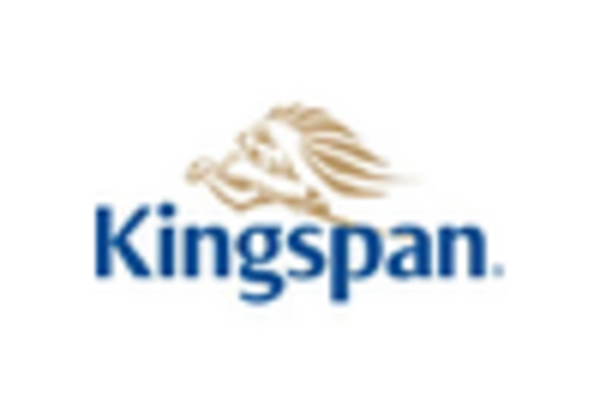
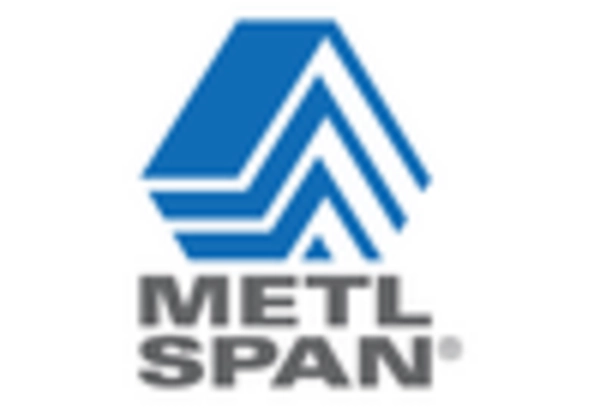
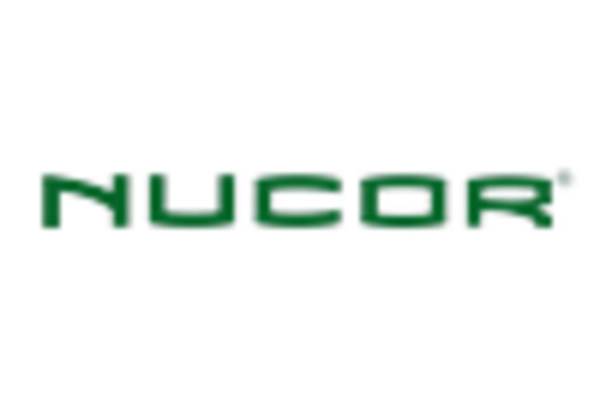
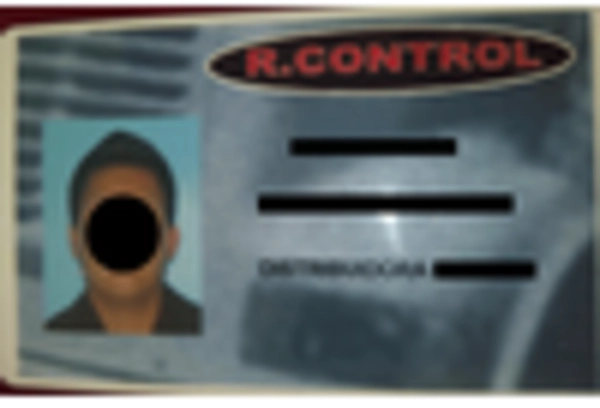
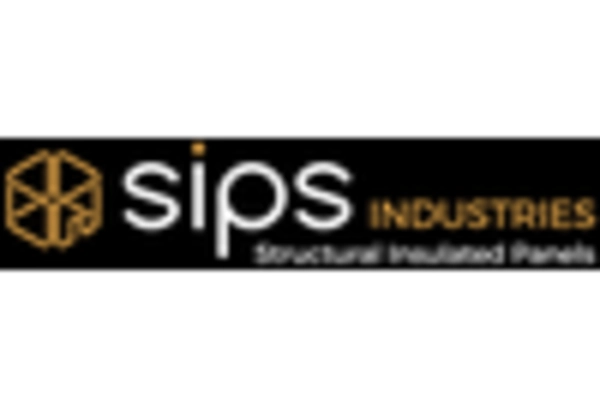
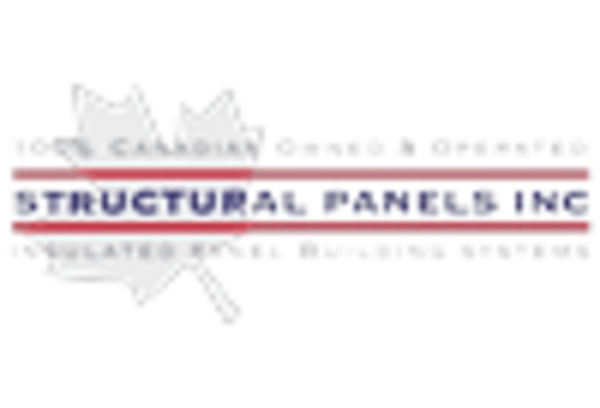








Leave a Comment